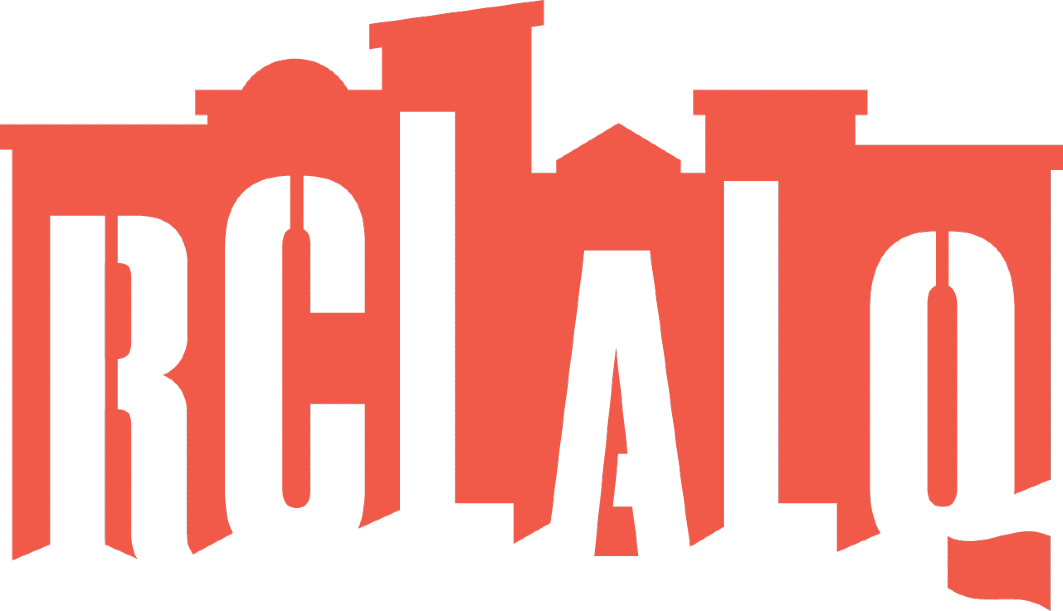
How to use the tool?
This website aims to offer Quebec tenants and groups defending their rights an easy-to-use tool enabling them to measure the hold rental platforms have on the rental stock.
You can choose the region you're interested in at any time from the left side panel.
On the main panel you can view (from left to right):
- the number of listings on Airbnb;
- the number of short-term rentals (less than 31 days);
- the number of long-term rentals (more than 31 days);
This indicator aims to measure the extent of the phenomenon of uberization of rental housing, which we could describe as the transfer of a growing number of long-term rented apartments to these platforms. This is a worrying trend, since it is growing rapidly and enables the law on leases to be circumvented.
On the right side panel, you can view (from top to bottom) :
- Vacancy rate. This rate represents the proportion of rental units that remain unoccupied. Below a threshold of 3%, there is a shortage situation;
- The proportion of rental stock rented out on Airbnb. The measure represents Airbnb's hold on the rental stock and to some extent its responsibility for the housing crisis;
Take, for example, a region with a vacancy rate of 2.0% where 1.5% of the rental stock is rented out on Airbnb.If Airbnb were banned in this region, we can assume that 1.5% of rental units would return to the traditional rental market and push the vacancy rate up to 3.5%. It's a little more complicated than that, but it gives an idea of Airbnb's responsibility in the housing crisis.
- The rate of change in the number of Airbnb listings between different periods.
@ Contact us: down.with.airbnb@proton.meGitHub : abasairbnb
